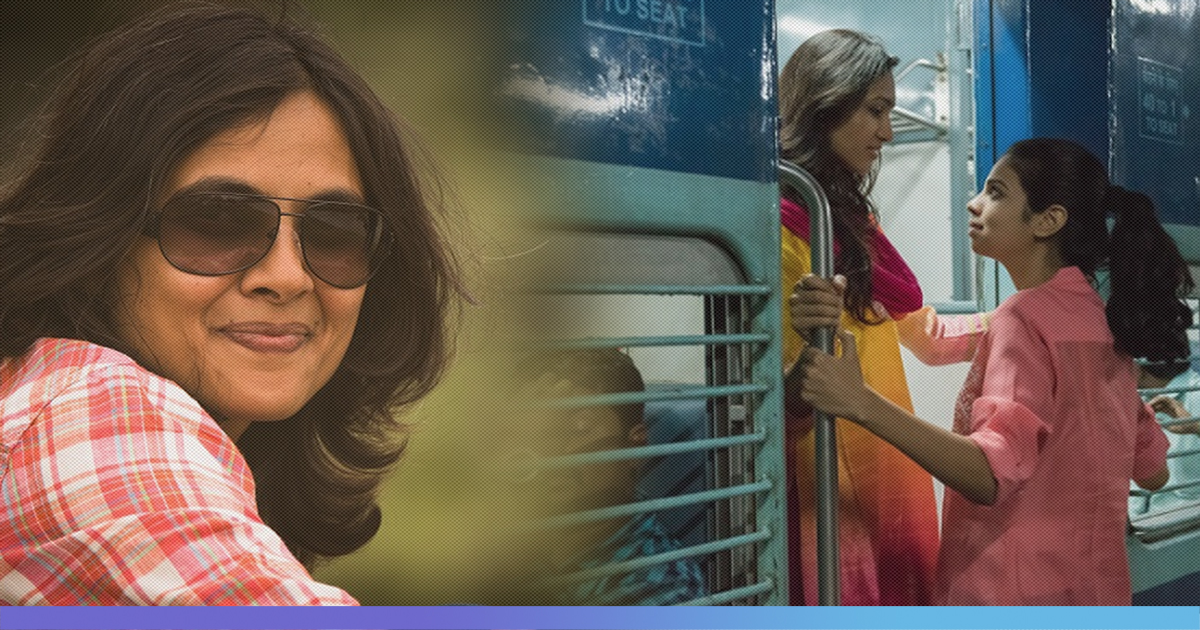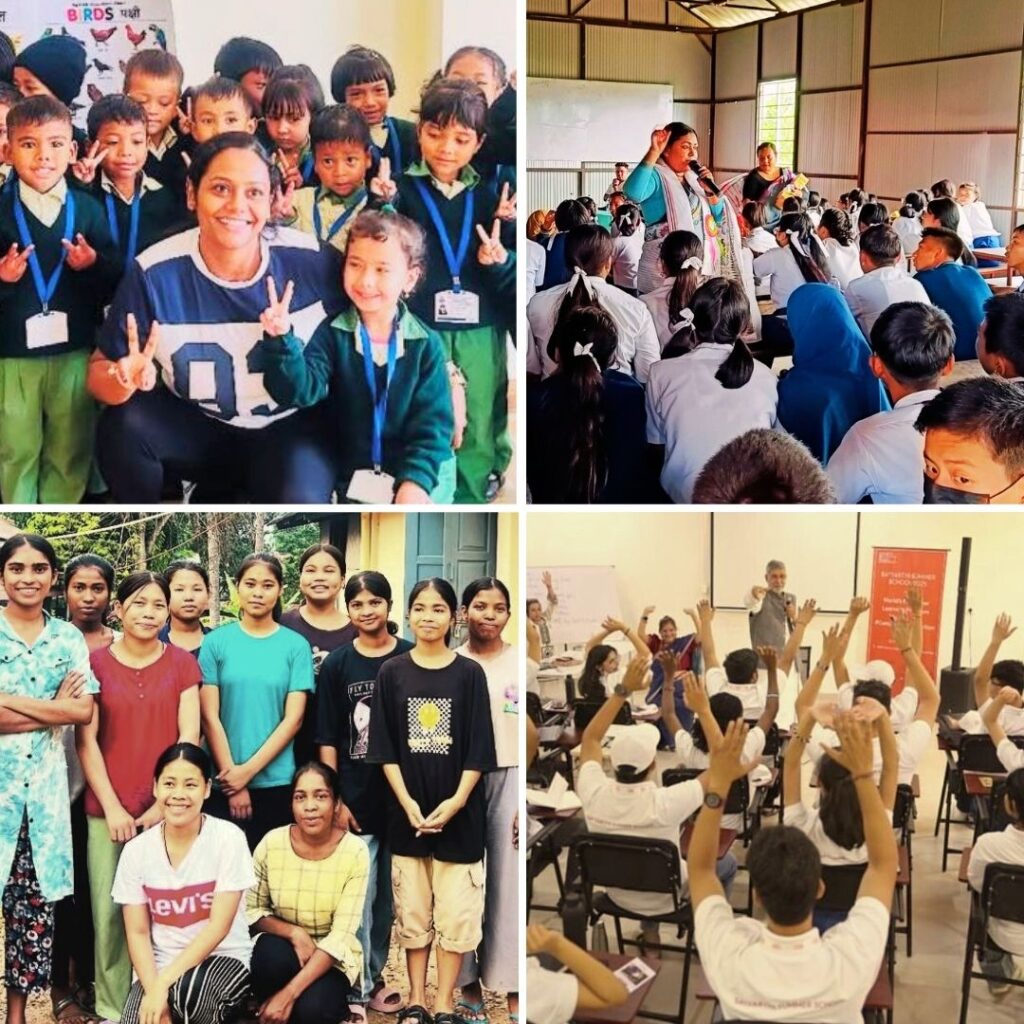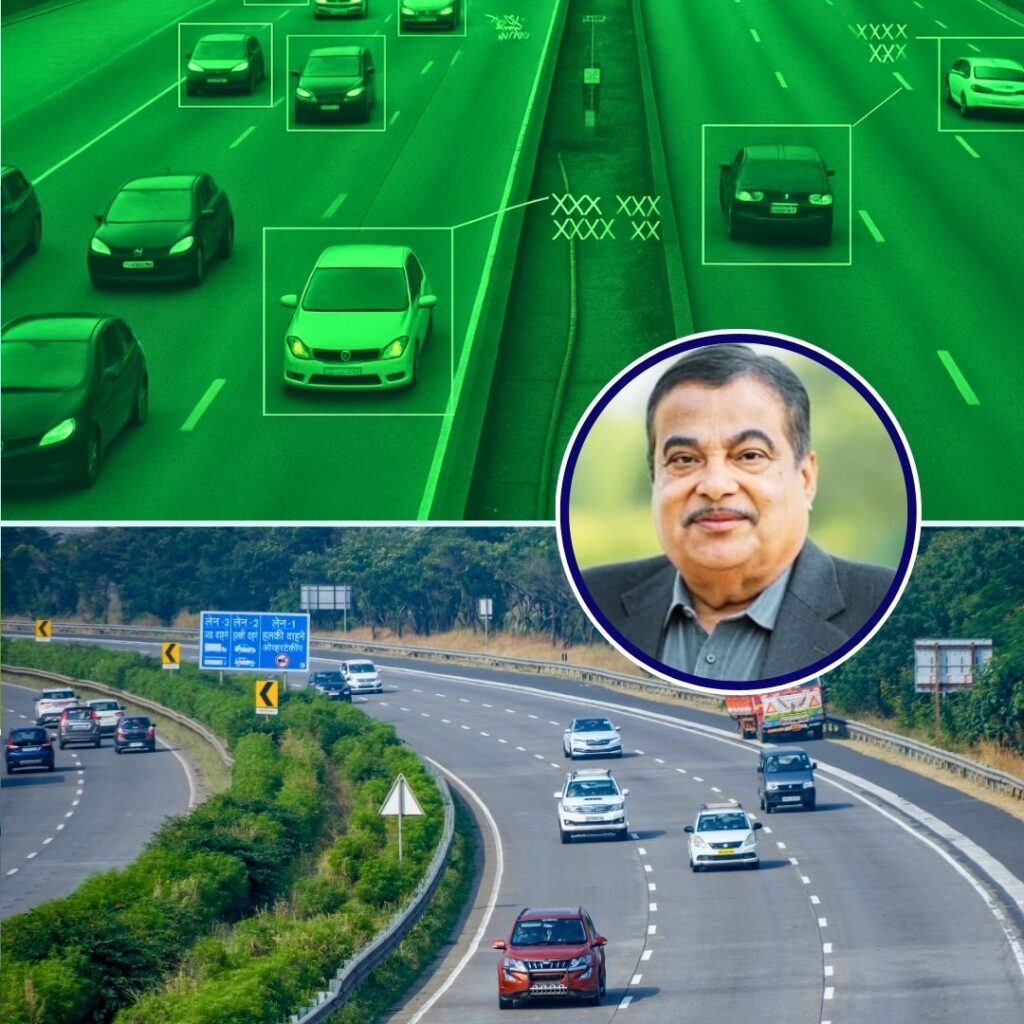“Some special connection is between both of you, always together”
“You know, she is this purest thing. Everything feels so perfect when I am with her”
This is one of the first scenes in The ‘Other’ Love Story where Adya verbally expresses her deep fondness for Aachal. This coming of age web series, set in the 1990s when Bangalore was not yet rechristened to Bengaluru, when handwritten letters were exchanged instead of WhatsApp messages and when times were much simpler.
This goosebump-inducing, old school romance story between two college girls, which despite its complex premise, made it appear to be nothing but just pure love between two individuals. The Logical Indian spoke to Roopa Rao, the writer and director of The ‘Other’ Love Story, on what went behind the making of a web series which dealt with a subject which is largely considered to be taboo even today in such simplistic manner.
That 90s touch
The Other Love Story is all butterflies and flowers and all things nice. It represents love in times when chances of two individuals suddenly falling in love was abysmally low, relationships took time to be formed and people went that extra mile to maintain them. Except for the fact that as opposed to conventional boy-meets-girl story, it was the love and comfort that two young women found in each other. The story is such that things like lines of gender, the family background are blurred and everything else ceases to matter.
Writer Rao, who was born and brought up in Bengaluru, very understandably picked this city as the backdrop for the story. When asked about why the story is set in the 90s and not in the present time, she says, “Why not 90s is the question. I grew up in the 90s. I feel that pure romance happened then. Now with cell phones and the internet, things are so quick. Like when I fell in love, it took me over an year to just realise that I was in love. In the web series too, I wanted to put Aadya and Aachal in a world where there was limited access to information. They did whatever they felt strongly about. They lived in a private world, yet love happened.”
Both Aadya and Aachal, the main protagonists come from two different worlds. Aadya is a single child to her working parents and belongs to a typical south Indian family. Aachal, on the other hand, lives with her extended Marwari family. Despite the obvious differences which are quite apparent on the surface, both are quite similar. Both are lonely, have a constant conflict in their mind, and in general, are lost.
Rao says that both Aadya and Aachal live in her head. The struggle, conflict and the longing are all taken from Rao’s own tryst with life.
Both Aadya and Aachal, despite coming from conservative families, still have a certain advantage. The advantage is that at least they are not killed in the name of honour. Rao recognises that Aadya and Aachal, did in fact, come from a place of certain privilege. She says, “I accept that it is a harsh reality, things like honour killings still happen. But then one is to show the harsh reality and the other is to send out a sweet and positive note, which inspires. Somewhere there is a certain amount of victory, even if it means for a moment when Aadya meets Aachal on the train in the climax scene. Very subtly I wanted to convey that love can overcome this and survive. That is why I did not give a drastic drift like both eloping to abroad and starting a life there. Life comes in moments and you have to fight and thrive in those moments. This was their moment of victory is how I wanted to end it.”
Rao says that a lot of women have reached out to her post the release of the web series, who said they felt represented.
From a project manager to a filmmaker
Rao is a master graduate in Finance and Accounts. Soon after graduating, she wrote a small part of this series and left it at that. Six and a half years after working in the IT sector, she finally realised that her true calling lied in storytelling and filmmaking. She then resigned and moved to Delhi where she pursued a course in filmmaking.
“I have always been writing. As a child too, I was fascinated with word and poetry. But my creations were then only restricted to friends and family’s consumption. However, after working so many years in the corporate world, I wanted to give myself a chance. It was a calculated risk. I had a backup plan, in case film making did not work out. But I was secretly hoping that day never comes. Now, it has been 8-9 years I am into film making,” says Rao.
Rao is now ready with her first Kannada feature film “Gantumoote”, which means baggage. This story is also set in the 90s and tells a love story from a teenaged girl’s perspective, a first for Kannada cinema, says Rao.
The Logical Indian take
Same-sex stories or alternate sexuality has often found minimalistic representation in popular media. Whenever an attempt has been made, the result is the caricaturistic representation of the whole community. However, Rao’s The Other Love Story has done something which a lot of others have failed to do.
We hope that Aadyas and Aachals of our society are represented and their stories are told to the masses. We applaud Rao for initiating this and giving us a story which we will cherish for its innocence, purity and love.











